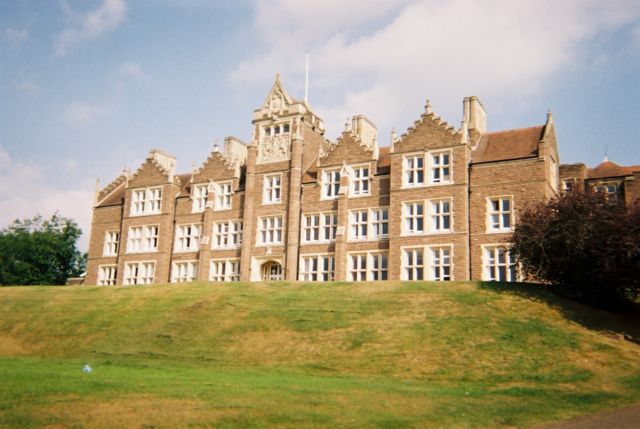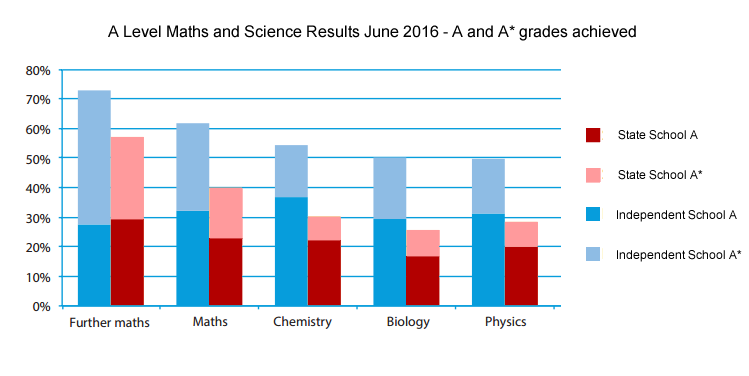Of the approximate 2,500 Independent Schools in the UK, 1,301 are members of the Independent School Council (ISC), which is a record number. Each year the ISC produces a census. Here are some highlights for the 2016/2017 school year.
There are an estimated 625,000 children receiving private education, the vast majority (522,879) of these attend an ISC school. This is the highest figure recorded for the ISC since records began in 1974. The region with the greatest rise in pupils is the North East of England which is up 0.9% since last year.
The proportion of overseas pupils are down very slightly to 5.2%. The percentage of students attending co-educational schools is up by 0.3% on last year to 75%. The proportion of boarding pupils has gone down from 13.6% to 13.4% and remains at approximately 70,000 pupils.

The fraction of pupils with Special Educational Needs and Disability (SEND) is 13.7%, 0.5% up on 2015/2016.
The proportion of minority ethnic students is 32%, which reflects general population trends.
Between £10m and £15m was raised for charities in ISC schools. 751 ISC schools offered volunteering opportunities for their pupils.
Private education fees and assistance
The average fee increase for 2016/17 was 3.5%, which is exactly the same as last year and lower than the average 6-7% normally experienced. Boarding fees did rise at the slightly higher rate of 4.1%. Independent Grammar School fees, along with other secondary schools, rose at 3.7%.
In Wales the increase was 5.5%, the highest regional variation, whilst in the North East of England fees rose by 1.8%, the lowest regional variation.
Over £950m has been offered in fee assistance, with £760m being provided from ISC schools themselves. Half of the amount given was means tested, 5,742 pupils have paid no fees at all.
Sporting facilities and State School partnerships
Independent Schools are not as wealthy as many people think, for example only 16.2% of them have swimming pools. They do, in general, have excellent sporting facilities, however as many as 1023 of these schools share their facilities with local state schools. Squash is particularly popular in the Independent School sector; 68.5% of schools have their own courts.
1,140 ISC schools are in partnership with state schools this year, which is estimated to include 175,000 state pupils. The benefits to state schools included the hosting of joint music and drama events; independent school staff serving as governors; seconding of teaching staff; shared classrooms; preparing sixth form pupils for entry into higher education.
In an ISC press release Julie Robinson, General Secretary of ISC, was reported to say “The role independent schools play in our diverse educational landscape should not be underestimated. They are not only supporting the development of academically successful, conscientious and confident young people, they are also providing a huge number of learning and sporting opportunities through partnerships with state schools.”
David Goodhew, Head of Latymer Upper School in Hammersmith, said “Partnerships can be a ‘win-win’ for children in all types of school, provided they are locally arranged, meaningful, and bespoke. At Latymer Upper we work with over 50 local state schools in a range of different programmes. Like most independent schools we strive to be ‘good neighbours’ and play an active role in our community.”
Academic results
Half of the A-level entries at ISC independent schools achieved A* and A grades in the summer of 2016, which is nearly double the national figure. Nearly two-thirds of GCSE/IGCSE entries by independent school pupils were awarded A* and A grades, compared to a fifth nationally.

91% of all ISC pupils went on to higher education in 2016. 6% of ISC pupils gained places at Oxford or Cambridge, a further 49% to other Russell Group universities (24 research-intensive, world-class universities).
You can view the full annual census report and the press release here.
School Image credited to © Copyright Stephen Elwyn Roddick and licensed for reuse under this Creative Commons Licence